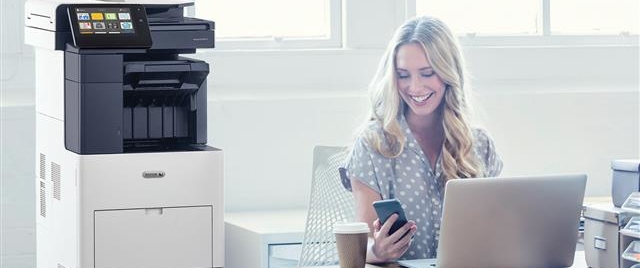 I recently attended a closing for our house just outside of Chicago. The event took place in a residential realty office and the amount of paperwork for our closing alone was staggering. The major thing I noticed, however, was the amount of time it took to complete each document. Papers were changing hands constantly as they required notarization, copying, scanning, and signing. There were endless steps and people involved to get each closing document to its final resting place, and when particular individuals were working remotely, the process took even longer.
I recently attended a closing for our house just outside of Chicago. The event took place in a residential realty office and the amount of paperwork for our closing alone was staggering. The major thing I noticed, however, was the amount of time it took to complete each document. Papers were changing hands constantly as they required notarization, copying, scanning, and signing. There were endless steps and people involved to get each closing document to its final resting place, and when particular individuals were working remotely, the process took even longer.
Broken Links and the Unifying Potential of Mobile
The proliferation of mobile devices (both company-sponsored and BYOD) in medium-sized operations like this realty firm present both a problem and an opportunity. The challenge is that many firms don’t have the IT resources to centrally control these devices, and important, work-related information is not stored or shared securely. On the other hand, ever-evolving mobile device software has the potential to exponentially boost productivity.
Document management is an area hurting for greater efficiency. Employees do so much on their smartphones, yet mobile devices still lack the infrastructure to properly manage valuable documents housed in disparate locations. Workflow is often stalled: you put a customer on hold while you wait for your printer to free up, your colleague can’t access a report because it’s on the wrong server, or your boss can’t move a project forward because she doesn’t have a wet signature.
Faster Communication, Workflow in the Cloud
By now, you’ve probably heard of the Internet of Things (IoT), or the environment resulting when a device with an off/on switch connects and “talks” to the Internet or another device. Technology analyst firm Gartner predicted that in the near future, there will be 30 billion connected devices able to communicate their activities to other devices and to the people who manage those devices.
Connecticut-based document management company and new WCW partner Xerox is leveraging the IoT to develop mobile applications that interface with office printers, allowing users to scan, email, fax, and print documents directly from a smartphone or tablet. Documents can also be signed electronically, saved, and uploaded to cloud storage (Dropbox, Box, Office365, OneDrive for Business etc.). The Xerox Mobile Link App has a high degree of customization, creating icons on the home screen so that users can repeat desired workflows with one touch.
I like the Xerox technology because employees don’t have to wait for an owner, office manager, or IT person to roll it out. All you have to do is connect your iOS iPhone/iPad device to the same network as your Xerox printer and download the free apps yourself. I plan to use it to share documents with consulting clients that have granted me access to their internal networks, and will eventually implement the apps in my home office (in the fall, the apps will be available for individual desktop machines and Android is also expected at that time).
What IoT technologies are making your day-to-day work life easier?
Note: This article was first published on Alexandra Levit’s Water Cooler Wisdom and she filed this content as a paid contributor to Xerox.
For more great How To tips and tricks, sign up for our newsletter, and take your game to the next level!



